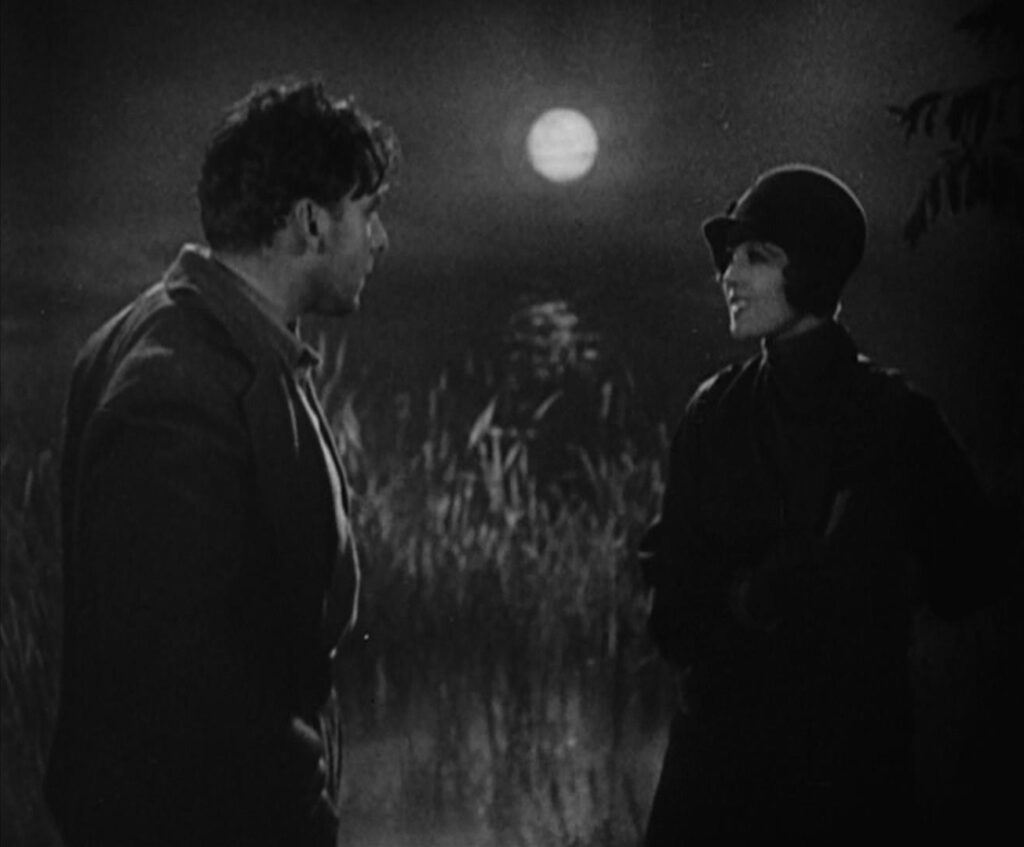
Sunrise: A Song of Two Humans
1927, directed by Friedrich Wilhelm Murnau
Friedrich Murnau’s two most famous films, Sunrise and Nosferatu, both end with a sunrise. The light of a new day in each case represents a restoration of order, either dissolving a vampire who has stayed awake too long or bidding good riddance to a shameless seductress. Both movies are about a married couple threatened by a malevolent interloper, and both are built around a round-trip journey. Thirteen minutes into Sunrise, after their nighttime kiss in the marsh, the seductress bites the man’s neck – playfully of course, but with no less malign intent than Count Orlok. Even the titles share something in common when fully written out – Nosferatu: A Symphony of Horror and Sunrise: A Song of Two Humans both allude to music.
The irony is that Nosferatu, with its complex intercutting between Hutter, Ellen, and the vampire, has something like the flow of a melodic line and is more like a song than a symphony, whereas Sunrise is arranged in four distinct movements of varying tempi, almost exactly like a traditional symphony. The divisions between the four movements are invisible to the casual viewer, though they are certainly felt. Unlike many silent films that follow theatrical convention, its title cards do not divide the movie into numbered acts, but the demarcation is just as precise. The first and second movements end with church bells, the third ends with lightning bolts, and the fourth with the sunrise. The movements alternate in length: One and Three are about 30 minutes each, while Two and Four run close to 15 minutes.
First Movement
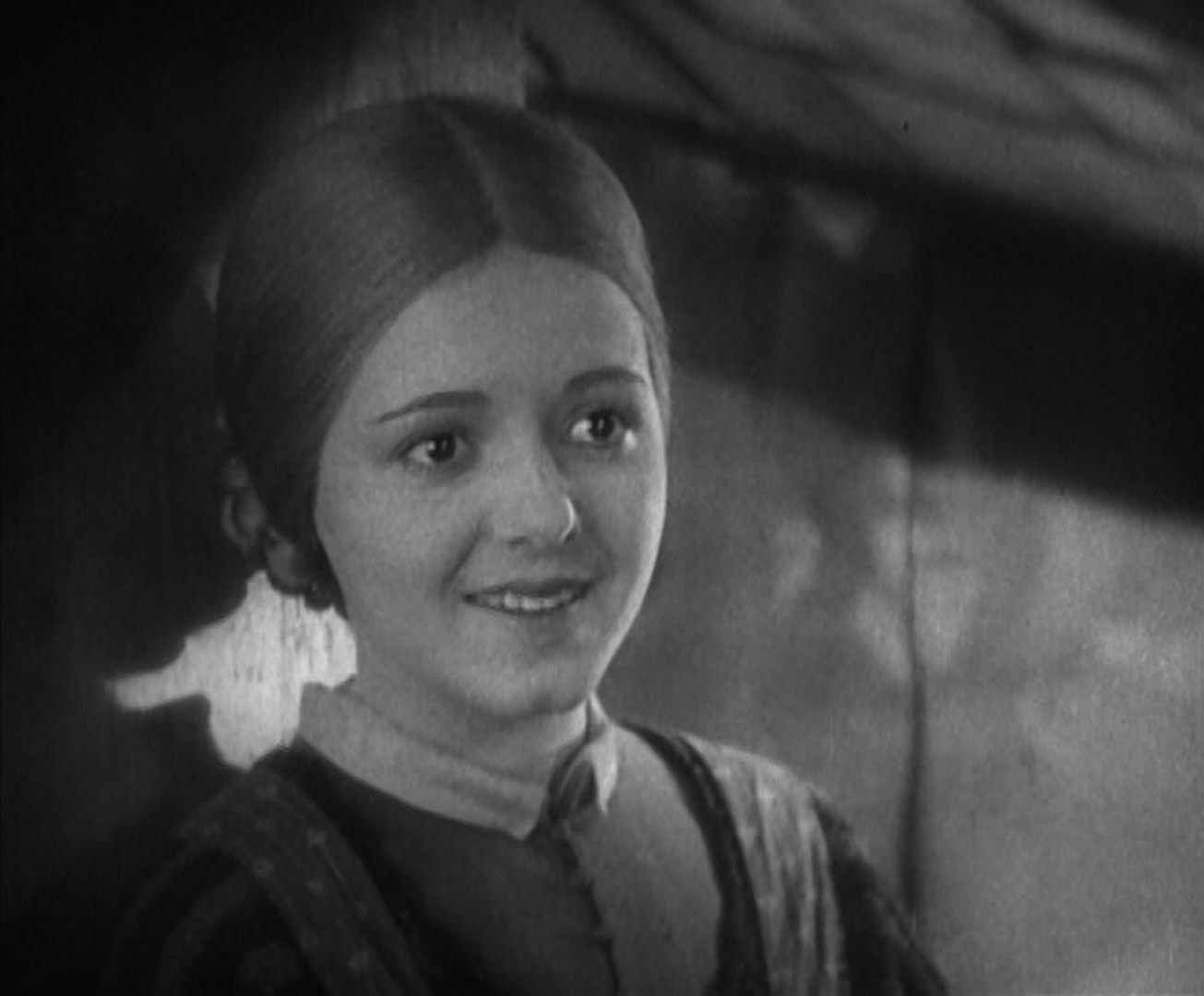
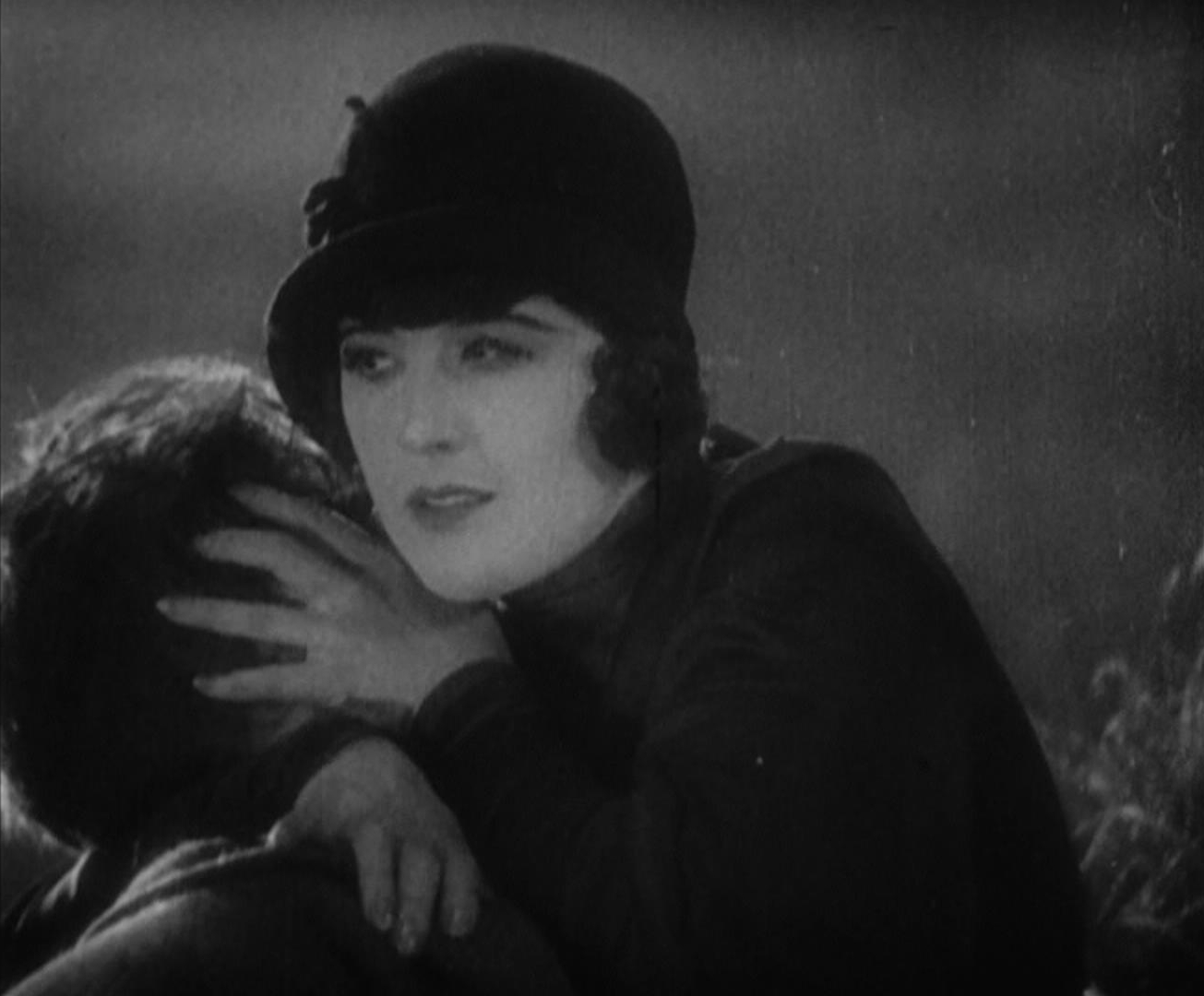
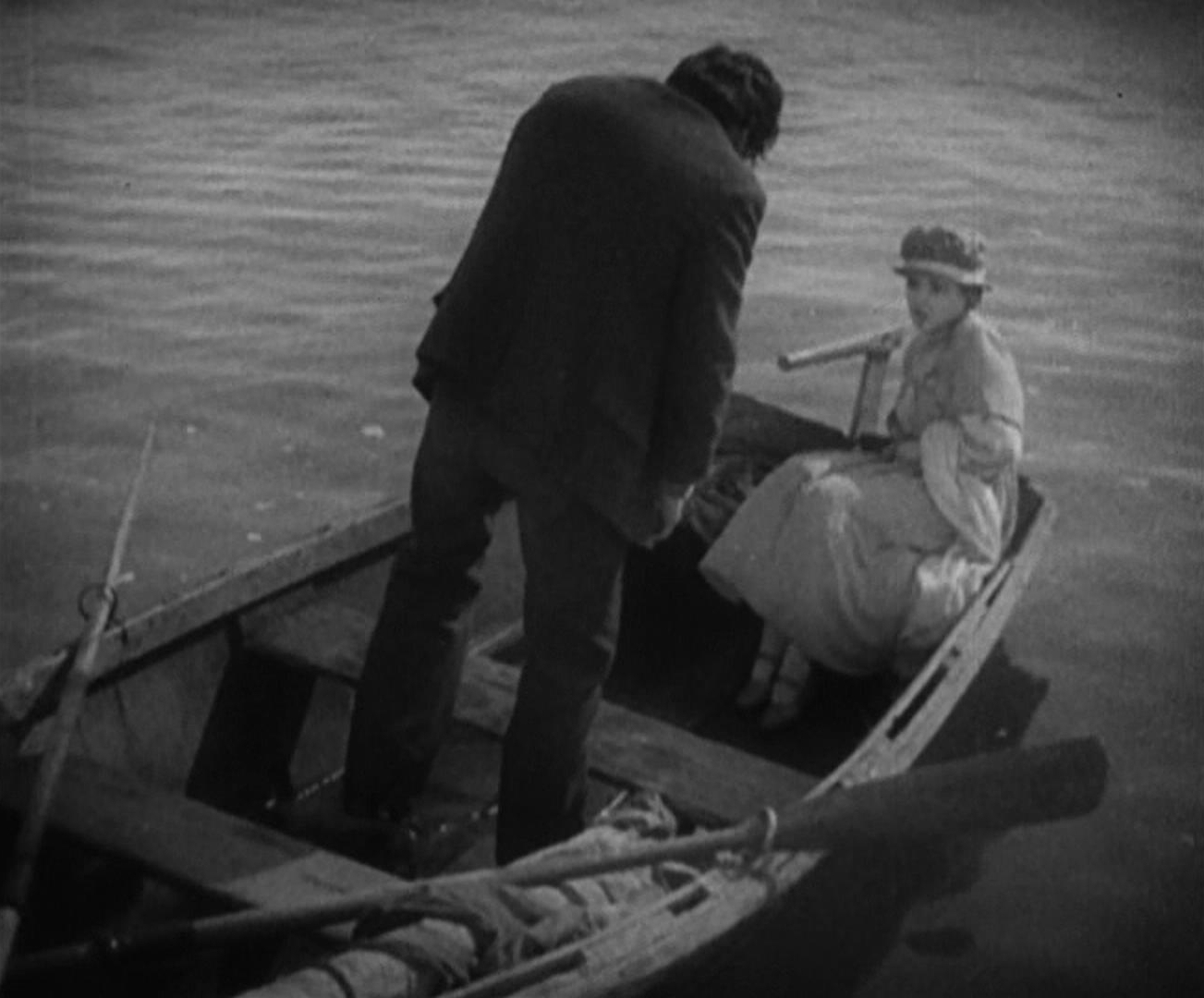
Sunrise begins with a train leaving the city. Its clanging bells are a counterpart to the church bells that will end the first two movements. The first half hour of Sunrise, like the sonata form of a symphony’s first movement, consists of exposition, development, and recapitulation. The exposition phase introduces the basic elements: a woman from the city has seduced a married farmer. In the development phase she persuades him to drown his wife, and twice he imagines himself doing it. The last phase recapitulates this horrid fantasy as he actually rows his wife out and stands up to cast her overboard. The moment he realizes he cannot do the deed, bells ring from a church tower. Except for the opening and a brief flashback from the couple’s happy past, the whole movement takes place at night. The darkness portends tragedy, while the moonlit marsh gives a romantic atmosphere to the illicit lovers’ meeting.
Second Movement
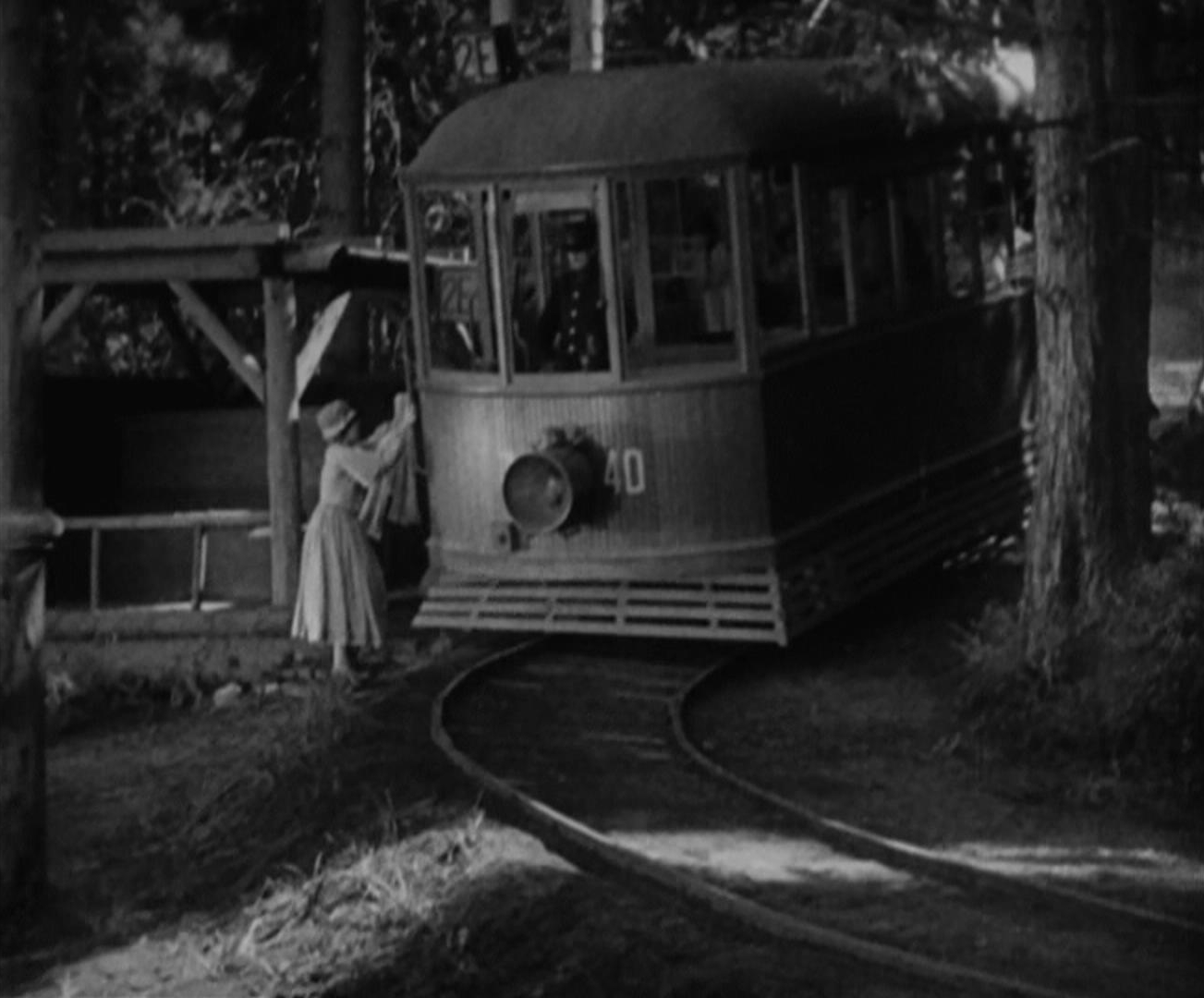
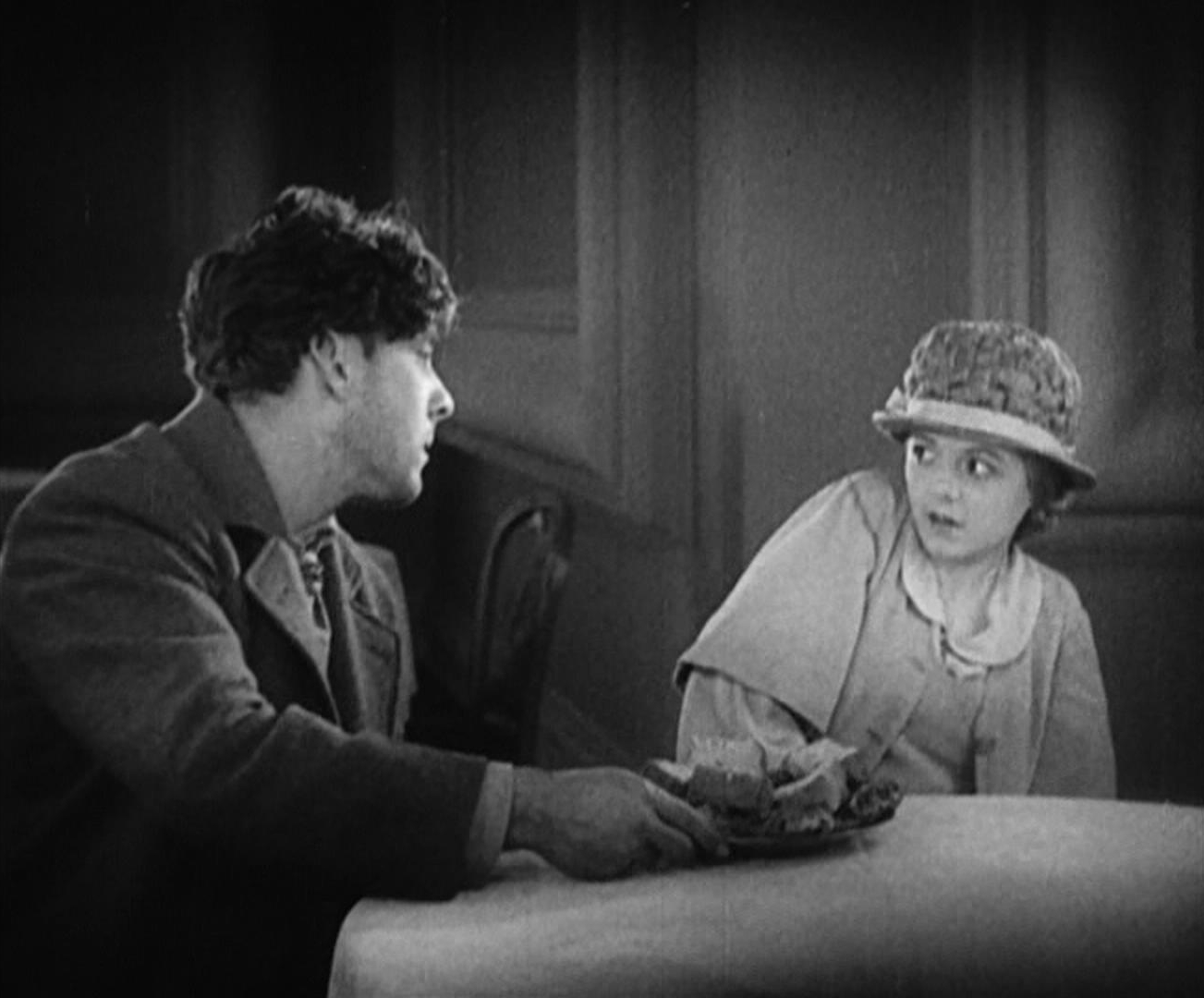
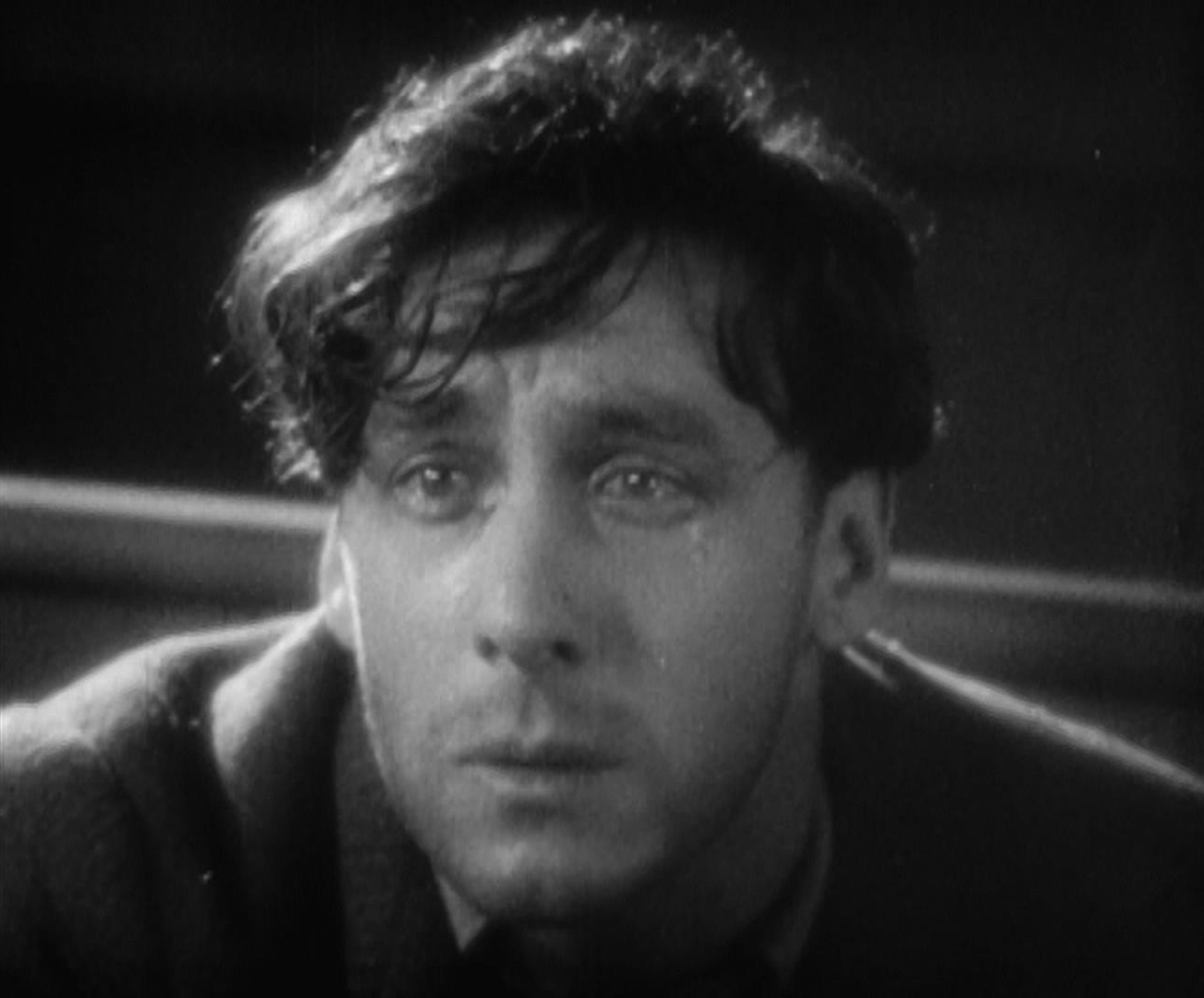
After aborting his wicked plan, the man rows furiously to the nearest shore, and his wife bolts into the woods and grabs a tram to the big city. Like the customary adagio pace of a symphony’s second movement, this part is slow and somber. The man spends the whole time seeking his wife’s forgiveness while she barely looks at him. He follows her onto the tram, buys her cakes in a café, and they go into a church to watch a wedding. Hearing the groom promise to protect his wife from harm, the man breaks down in tears. His wife sees that he’s truly sorry and knows she can rely on him again. The moment she forgives him, church bells toll. (In both the first two movements the bells begin tolling softly before the transition point, but they stop and resume loudly at the key moment.)
Third Movement
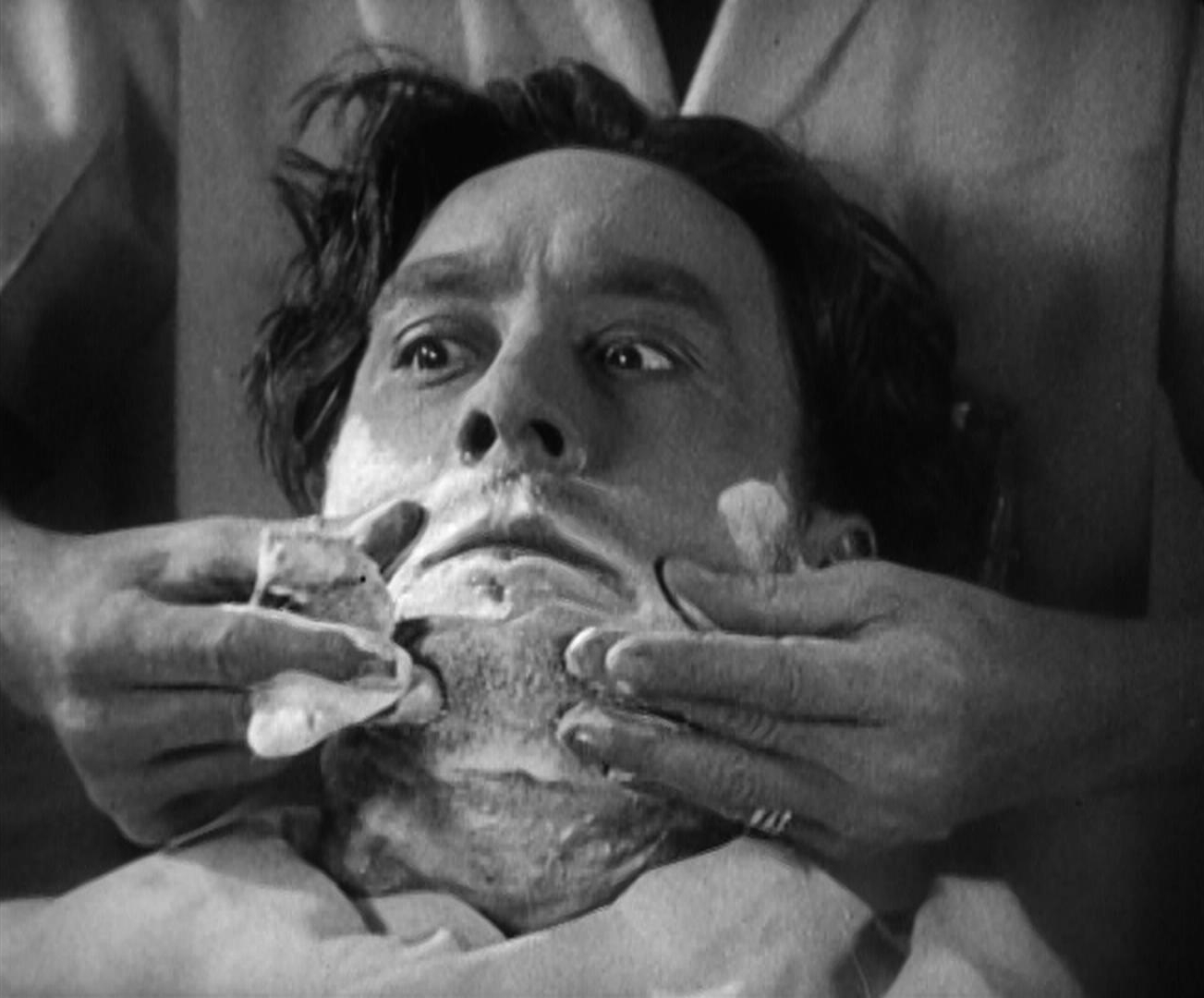
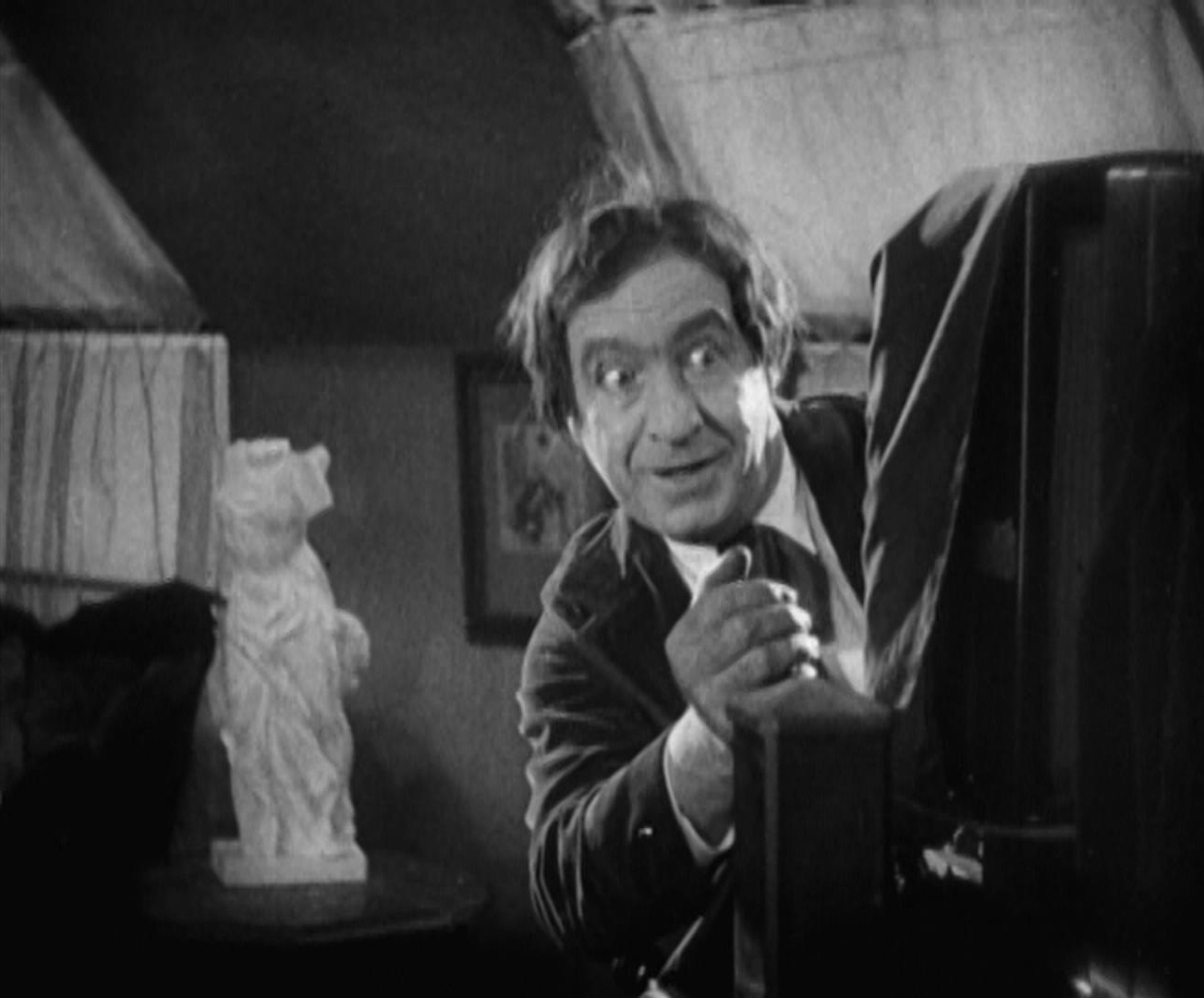
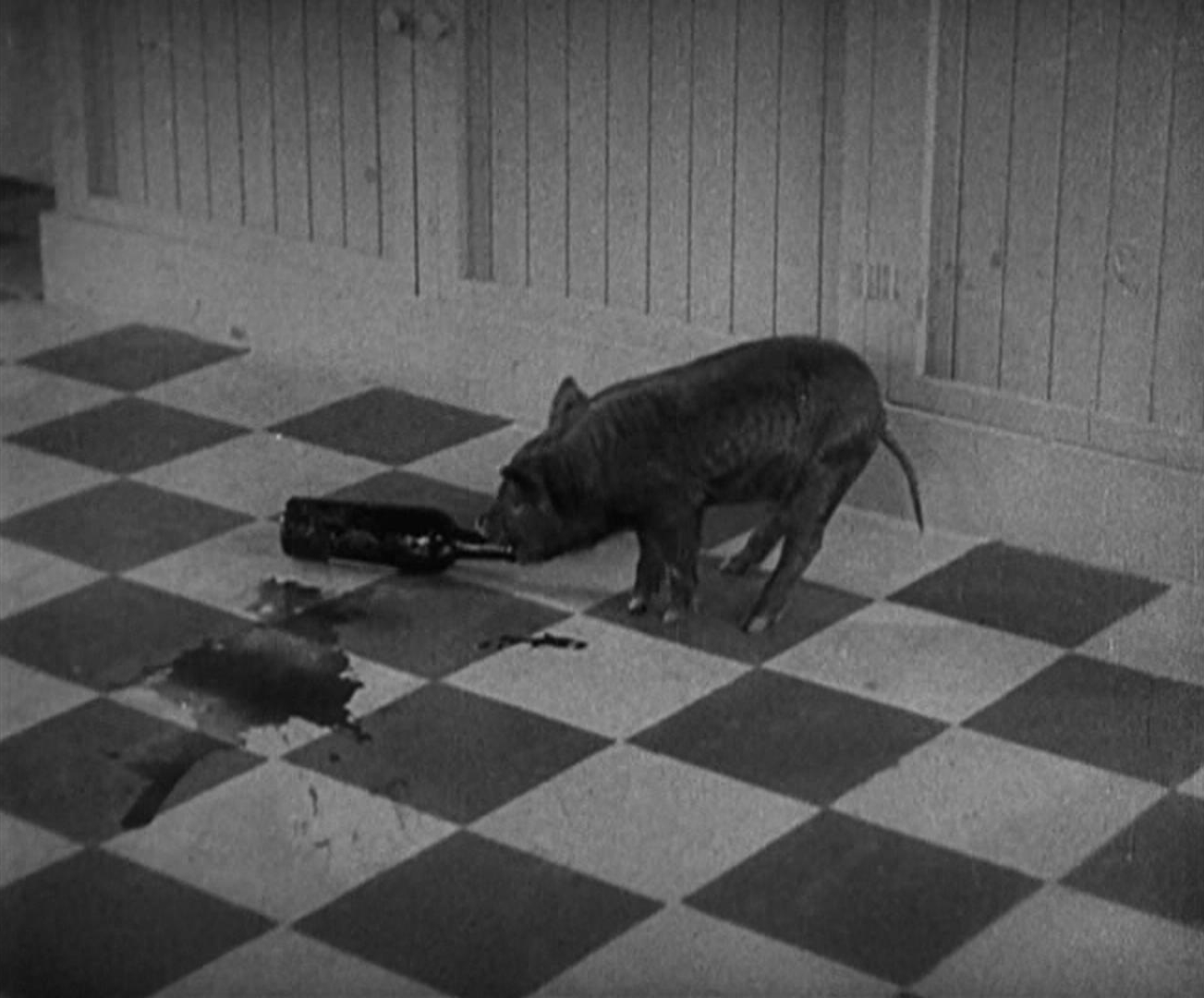
The third movement begins with a joke. Having silently renewed their vows in the back of another couple’s wedding, the man and wife exit the church, and people gathered outside stand up respectfully to witness the procession, not quite realizing they’re looking at the wrong couple. The next half hour will be filled with jokes and good cheer, like the scherzo third movement of a symphony. The pair walks dreamily into the busy street causing a traffic jam; they decide to get their portrait taken, but he needs a haircut first, and the barbershop is filled with funny characters; the photographer is even funnier, and there’s an elaborate joke when the man knocks over a headless statue and sticks a toy bird’s head on top to hide the supposed damage. Next the man and wife enter a grand entertainment park with roller coasters, games, eating, drinking, and dancing. An escaped pig gets drunk, and there’s a running joke about a woman’s shoulder straps slipping off. Finally the couple heads home, rowing over the peaceful water and waving to dancers on the shore.
Fourth Movement
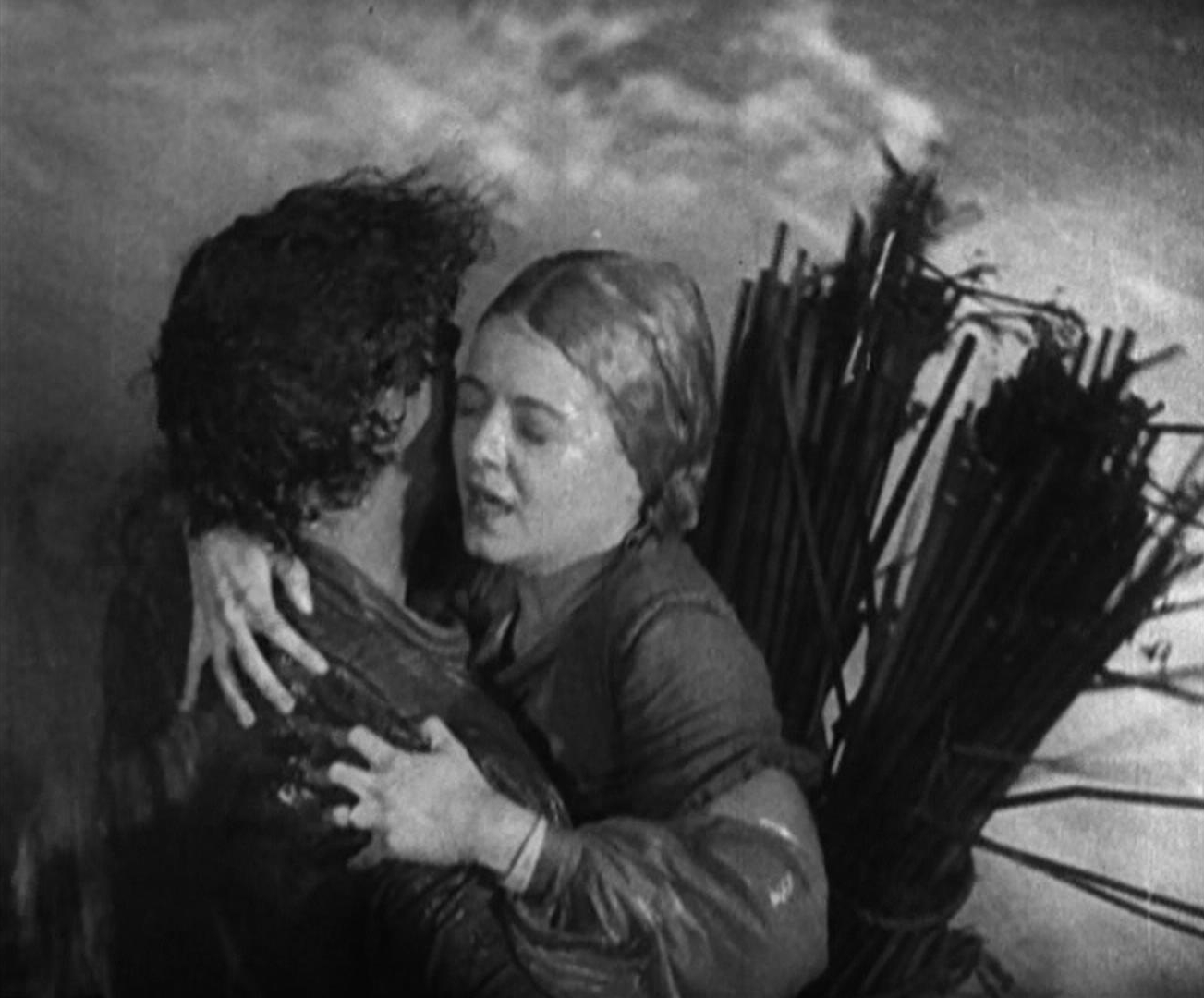
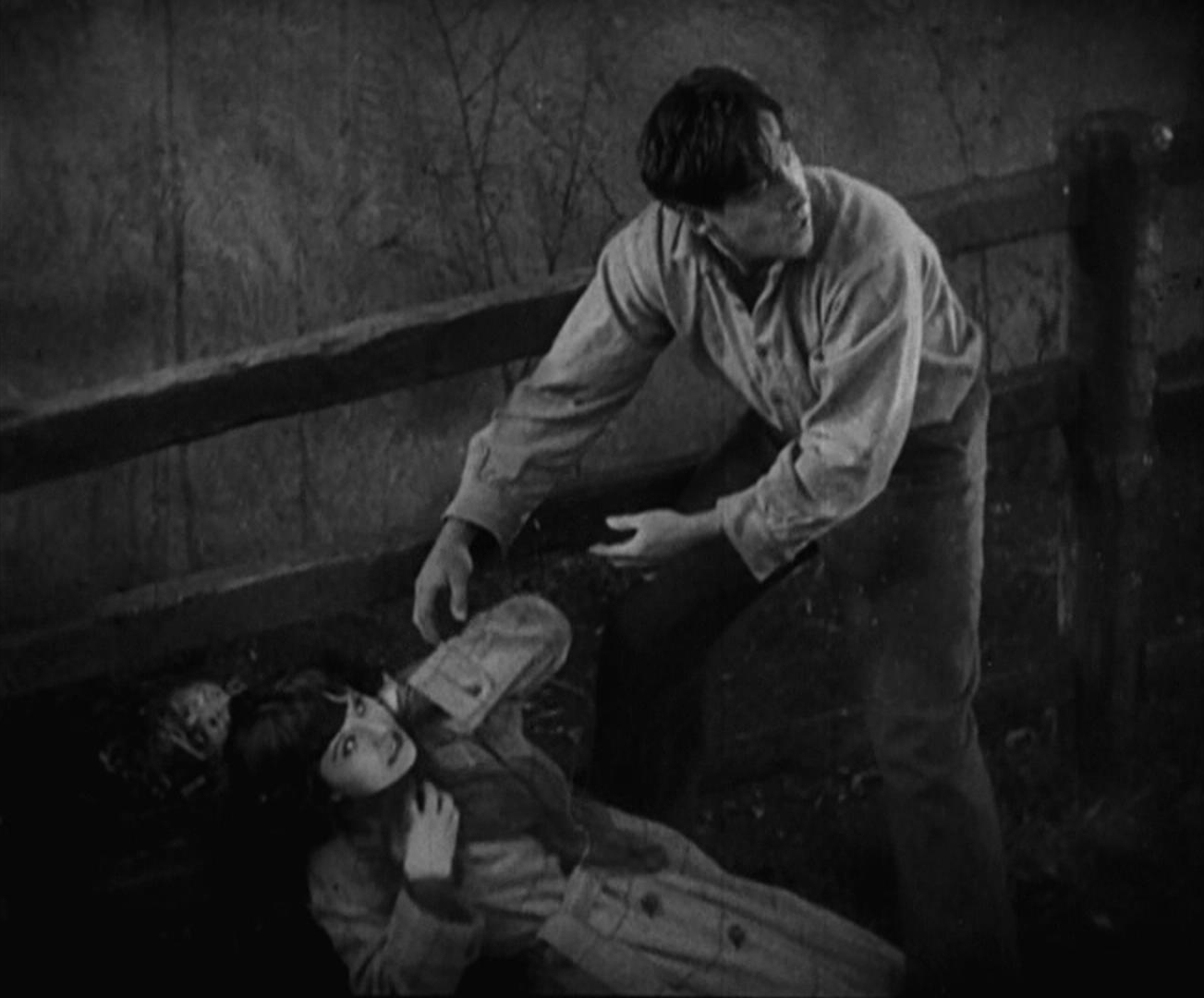
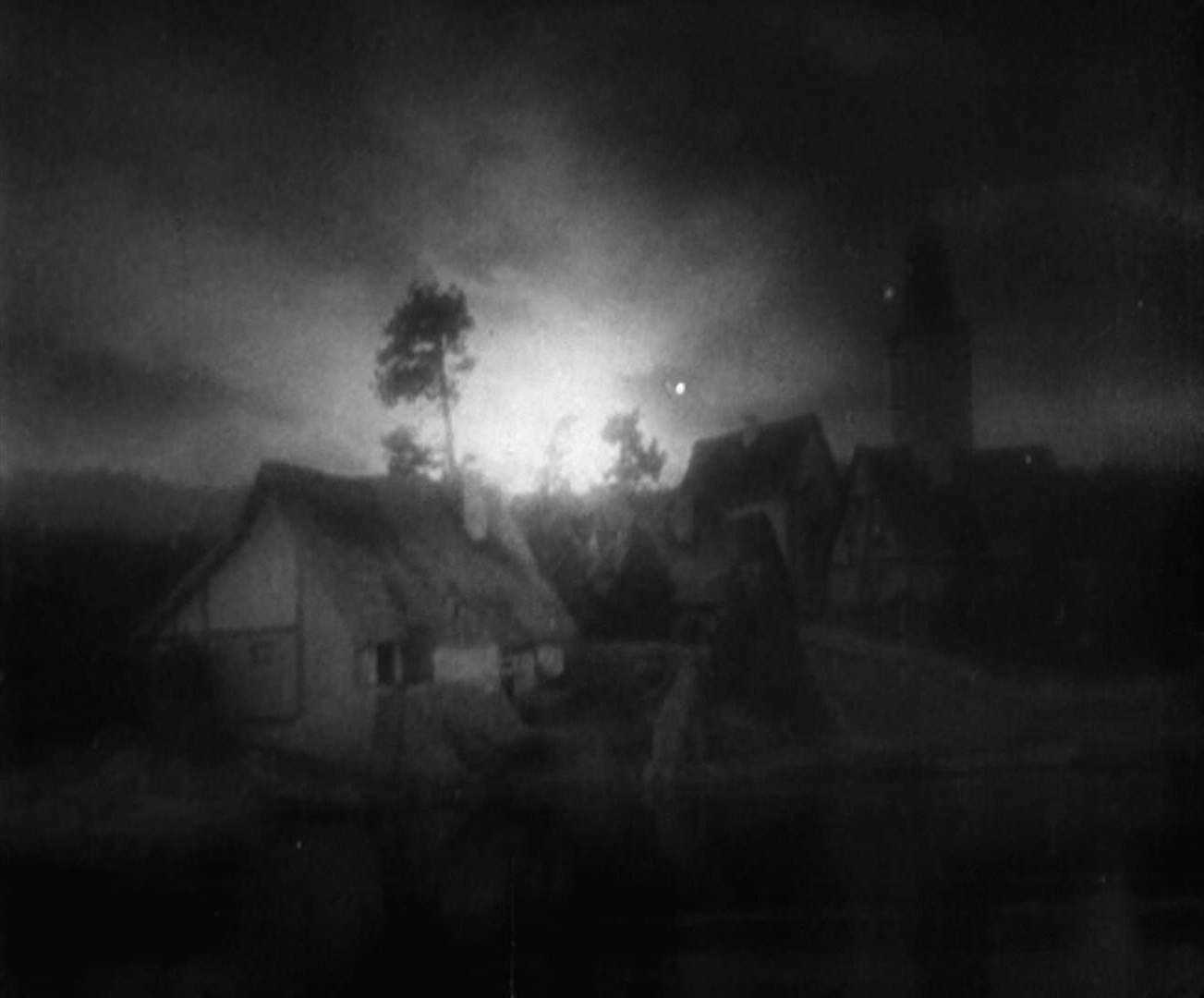
Suddenly lightning rips the sky, a violent storm tosses the boat around, and the man protects his wife by tying her to the bundles of reeds originally meant to save himself. They fall overboard, and nature nearly carries out the original murder plan. The wife goes missing, and the seductress rejoices, thinking the man has followed her suggestion – but his heart has changed irreversibly. His wife is rescued, and the man and wife reunite happily. Again like a symphony, the last movement is full of drama and ends in resolution.
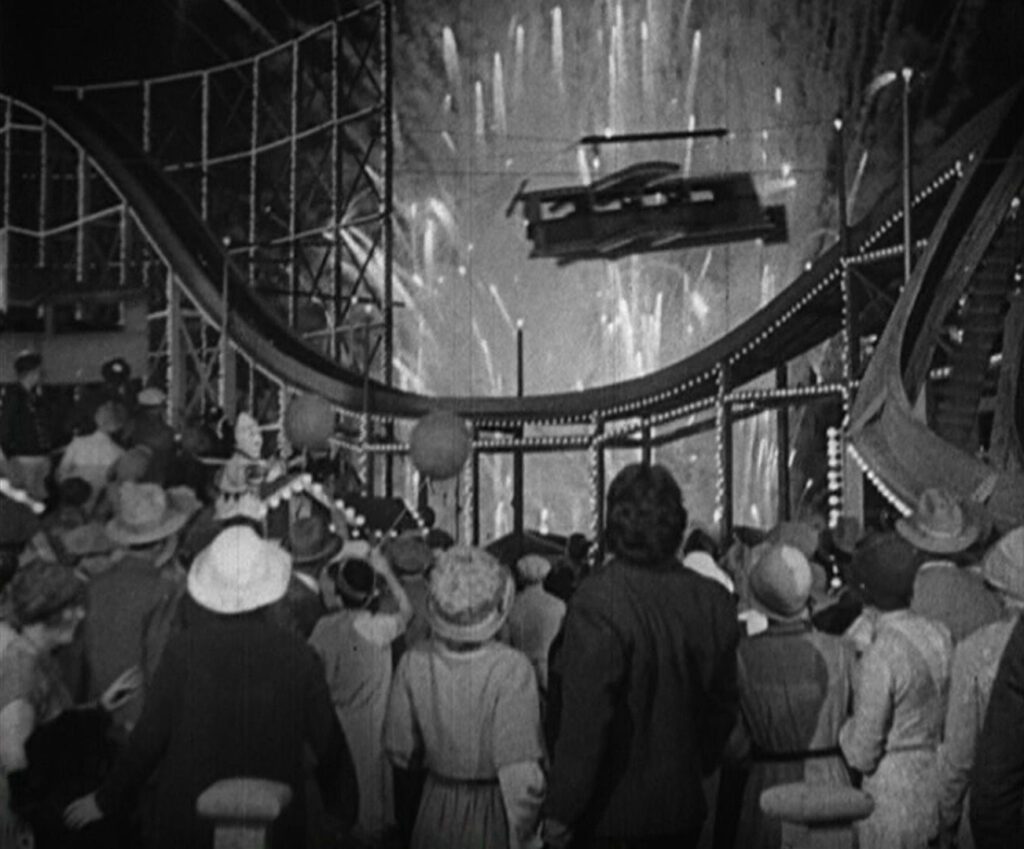
Like any musical piece Sunrise is full of refrains and repeated motifs. The escaped pig at the fairground echoes the dog in the first movement who escapes its leash and swims to the rowboat, and the man returns both animals to their places. The manicurist in the barbershop mirrors the seductress; the man fussing with the woman’s shoulder straps echoes the obtrusive gentleman in the barbershop; there are two churches, two tram rides, and two trips on the boat where the wife nearly drowns. While avant-garde filmmakers of the 1920s like Walter Ruttmann, Hans Richter, Viking Eggeling, and Oskar Fischinger were trying to make cinema into visual music through rhythm and movement, Murnau was matching musical forms to his narratives with more lasting success.
Using the template of a classical symphony is not merely a formal exercise. The aim of Sunrise, rather, is to appeal to universal human values and emotions, the same way music does by building upon the inherent physical properties of sound itself. The opening of Sunrise announces its aspiration to universality: the story “is of no place and every place; you might hear it anywhere at any time.” The characters and places are never named, because their emotional journey is shared in one way or another by everyone. The movie is a template for so many other classic film stories; it’s a tale of maturity (an early cut from the adulterous lovers to the wife kissing her child equates the man with a baby, implying that the story will turn him into a grown man) and a tale of timeless values like fidelity and modesty – in the end the man chooses to be satisfied with his rightful lot. Like so many films that follow it, Sunrise opens with forward motion – a train – heralding a narrative sense of time, and it ends with rising motion – a sunset – signifying the eternal, reaching for a higher perspective.
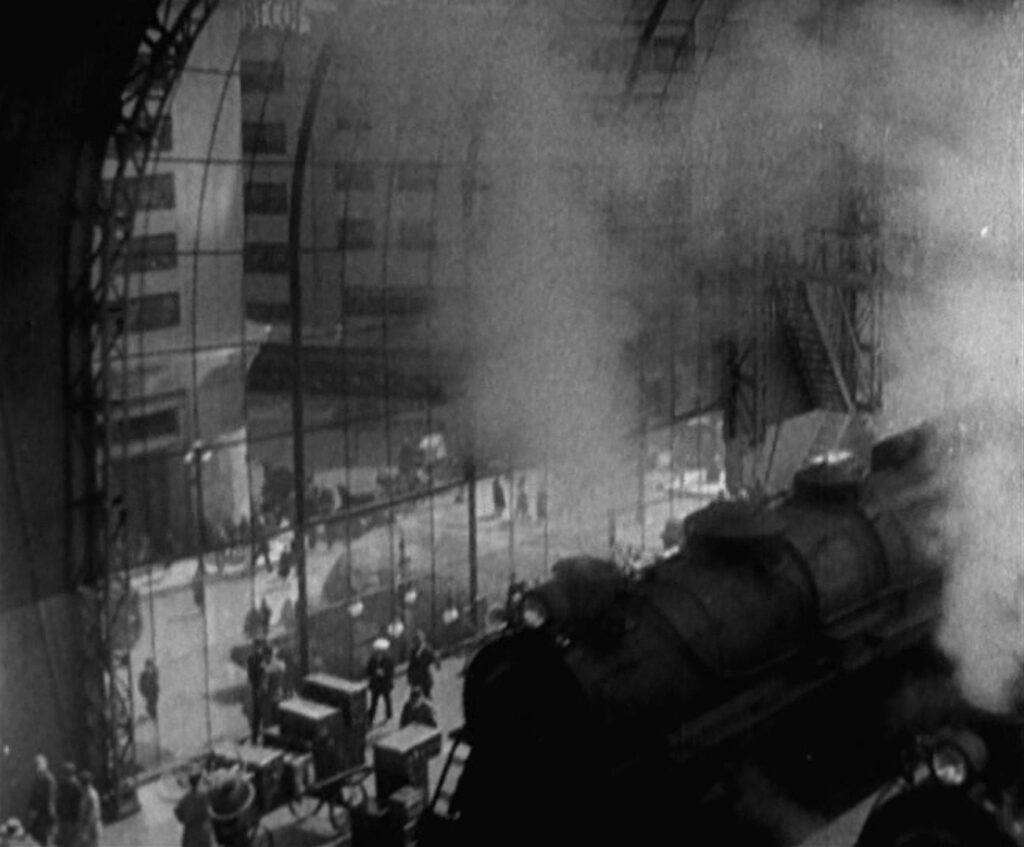
In its symphonic arrangement with four different prevailing moods, Sunrise creates a spectrum of emotional experience, but it also contains an implicit critique of the limitations of genre. The four movements correspond to four different film genres – crime, melodrama, comedy, and action. Every basic film genre corresponds to a particular emotion: horror arouses fear, comedy provokes laughter, a thriller creates tension, action produces excitement, science fiction evokes awe, and drama (insofar as it’s not a catch-all genre) is supposed to be moving. The mix of four different genres in Sunrise insinuates that a single genre is not enough. Films that adhere strictly to any genre tend to limit their emotional range and oversimplify human experience, but even worse they satisfy themselves with triggering momentary feelings. Sunrise achieves its universality because it transcends genre. Each movement can be described by a genre, but as a whole the movie itself cannot. Instead of distracting viewers by manipulating their emotions, it reaches for an understanding of life.
CONNECTIONS:
Nosferatu: A Symphony of Horror – Musical allusion in title; story built around a journey; test of marriage; ends with a sunrise; bell chimes at two important early moments
L’Atalante – Married couple’s journey of reconciliation; symbolic importance of music
The Wizard of Oz – Journey from a farm to a fantastic city; universal lesson of maturity and modesty
Monsieur Verdoux – Man rows a woman out on a lake with intention to drown her
A Place in the Sun – Man rows a woman out on a lake with intention to drown her
Ugetsu monogatari – Bracketed by horizontal and vertical movement representing time and eternity; rural and city scenes bridged by boat rides
La rupture – Horizontal movement at beginning, circle(s) rising in the sky at end
Diva – Film reflects the conventional form of a symphony or an opera; frequent doubling
Veronika Voss – Tram station in a forest